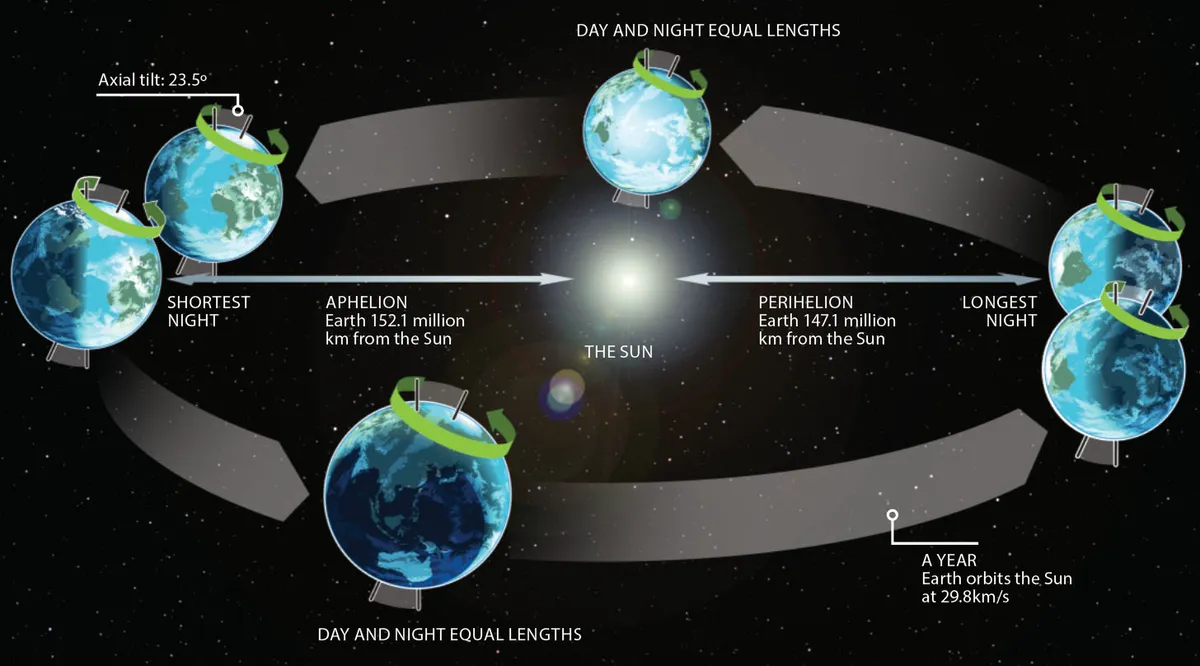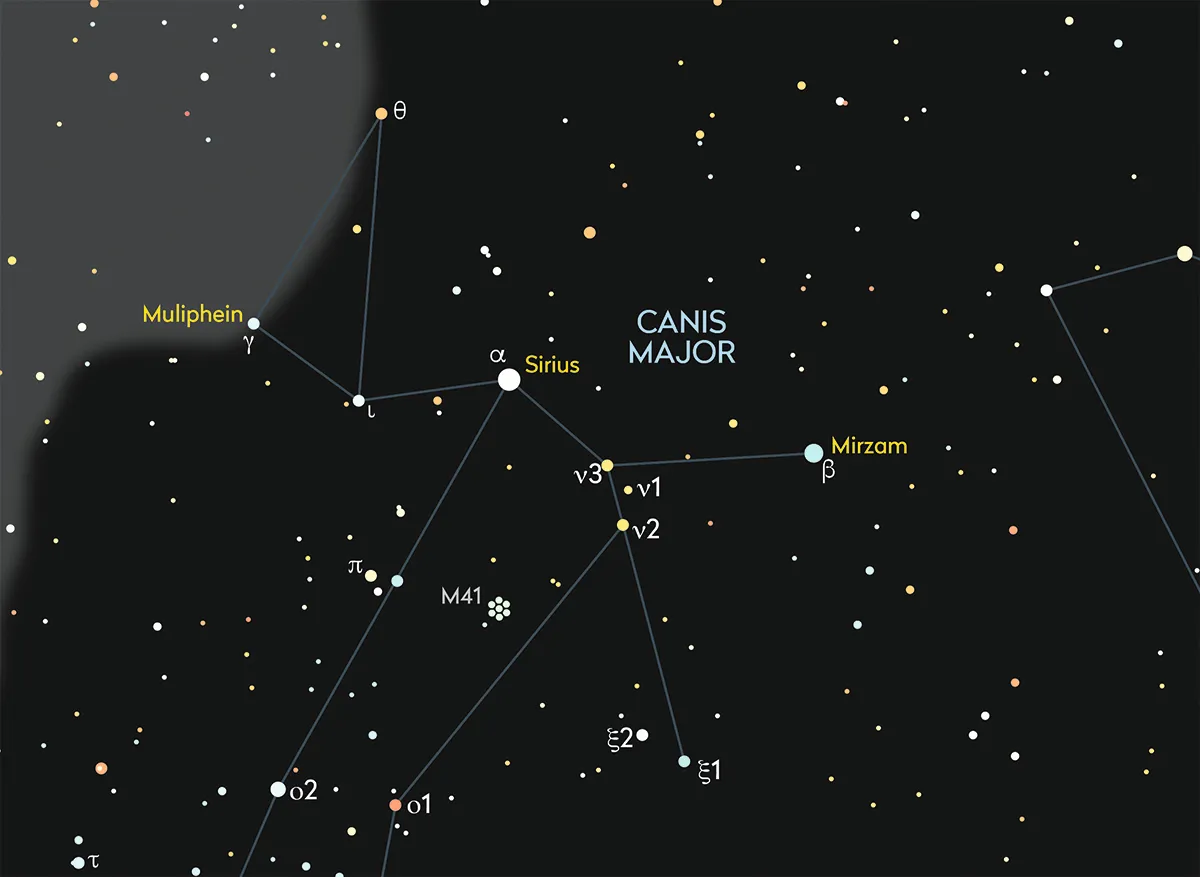The dog days of summer is a phrase used colloquially in English to describe the hottest, most humid and most oppressive days of the summer season.
In the Northern Hemisphere, this generally equates roughly to July and August.
But what does the phease 'dog days of summer' actually mean, and what does it have to do with astronomy?

The 'dog' has a name, and it's Sirius
Firstly, these scorching days of summer are caused by Earth's axial tilt relative to its orbit around the Sun, which causes our seasons.
And secondly, the 'dog days' are so-called because it was once believed that the hottest part of the year was heralded by the annual arrival in the Northern Hemisphere’s early morning sky of Sirius, AKA the Dog Star.
Throughout mid- to late summer, Sirius rises in the dawn just before sunrise, provided you're far enough south in the Northern Hemisphere.
And so it was believed that Sirius – the brightest, most glowing star – rising just before sunrise contributed to the extreme heat of summer.

History of dog days
The name 'Sirius' derives from the Greek 'Seirios', which literally means 'scorching' or 'burning', according to Merriam-Webster.
The purported effects of Sirius’s arrival are mentioned, for instance, in Homer’s Iliad, which was written in around the 8th Century BC.
Taking their lead, the Romans called the summer’s hottest period 'dies caniculares', because their name for Sirius was 'Canicula', which means 'small dog'.
And, of course, we know that Sirius is located in the constellation Canis Major, which means 'greater dog'.
The English name 'dog days' is a direct translation from the Latin.
Back when we lived in far more superstitious times, the dog days of summer were granted far more significance than they are today.
In 1564, for instance, Hope Of Health – a guidebook for physicians – advised medics to lay off bloodletting during the “dogge daies” because, at that time, “the Sunne is in Leo” and “then is nature burnt vp [sic] and made weake”.

So is it all because of Sirius?
In case you were in any doubt as to whether it is indeed Sirius causing all this hot weather every July and August, the answer is no!
Sirius is the brightest star in the Northern Hemisphere sky and lies 8.7 lightyears from Earth.
That puts it pretty much on our doorstep, astronomically speaking, but it’s still much too far for the star to have any effect whatsoever on the climate here on Earth.

The fact that Sirius currently rises at dawn in the Northern Hemisphere around the time that the hottest period of the year begins is, in reality, sheer coincidence.
Today, the dog days of summer really are little more than an idiom, as well as featuring in the title of a very good Al Pacino movie (Dog Day Afternoon, 1975).
But if you’ve ever wondered where the name came from… now you know!

